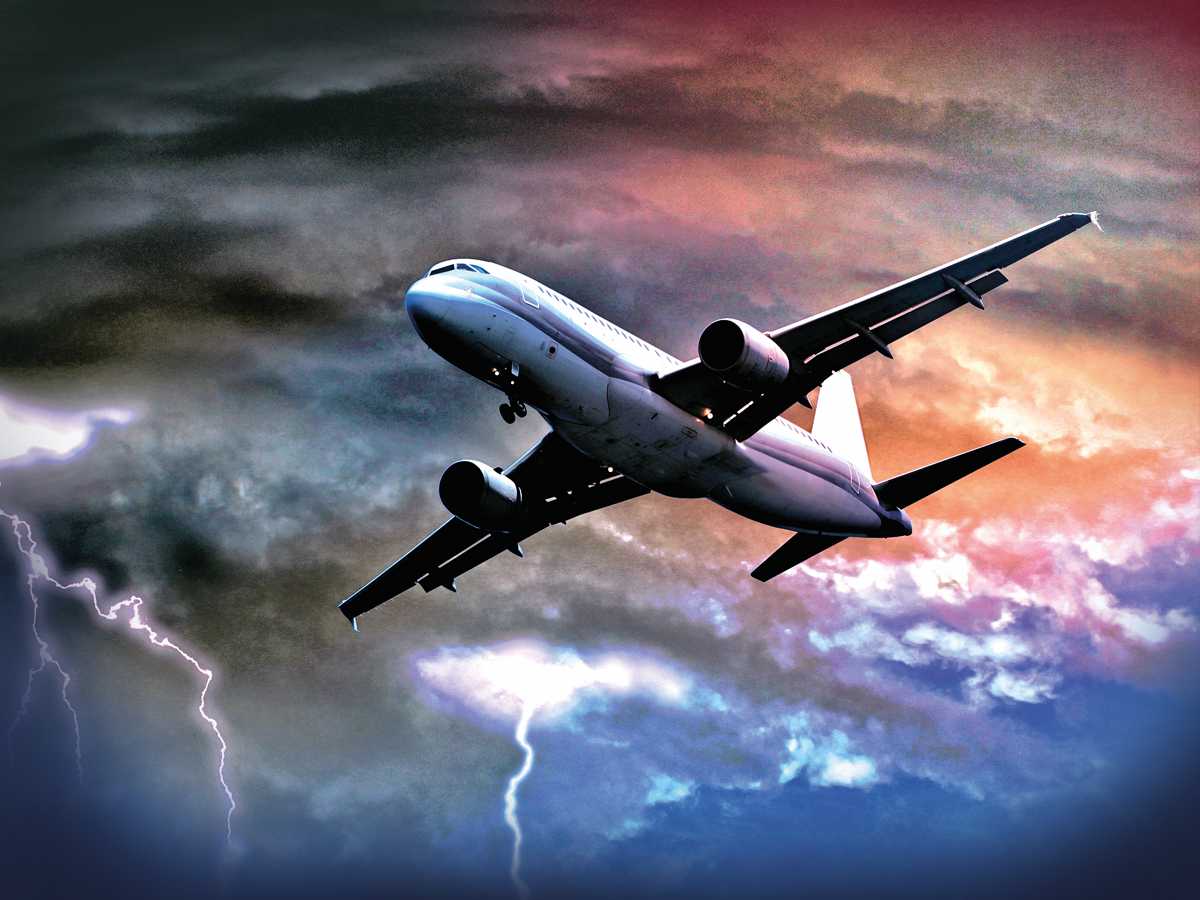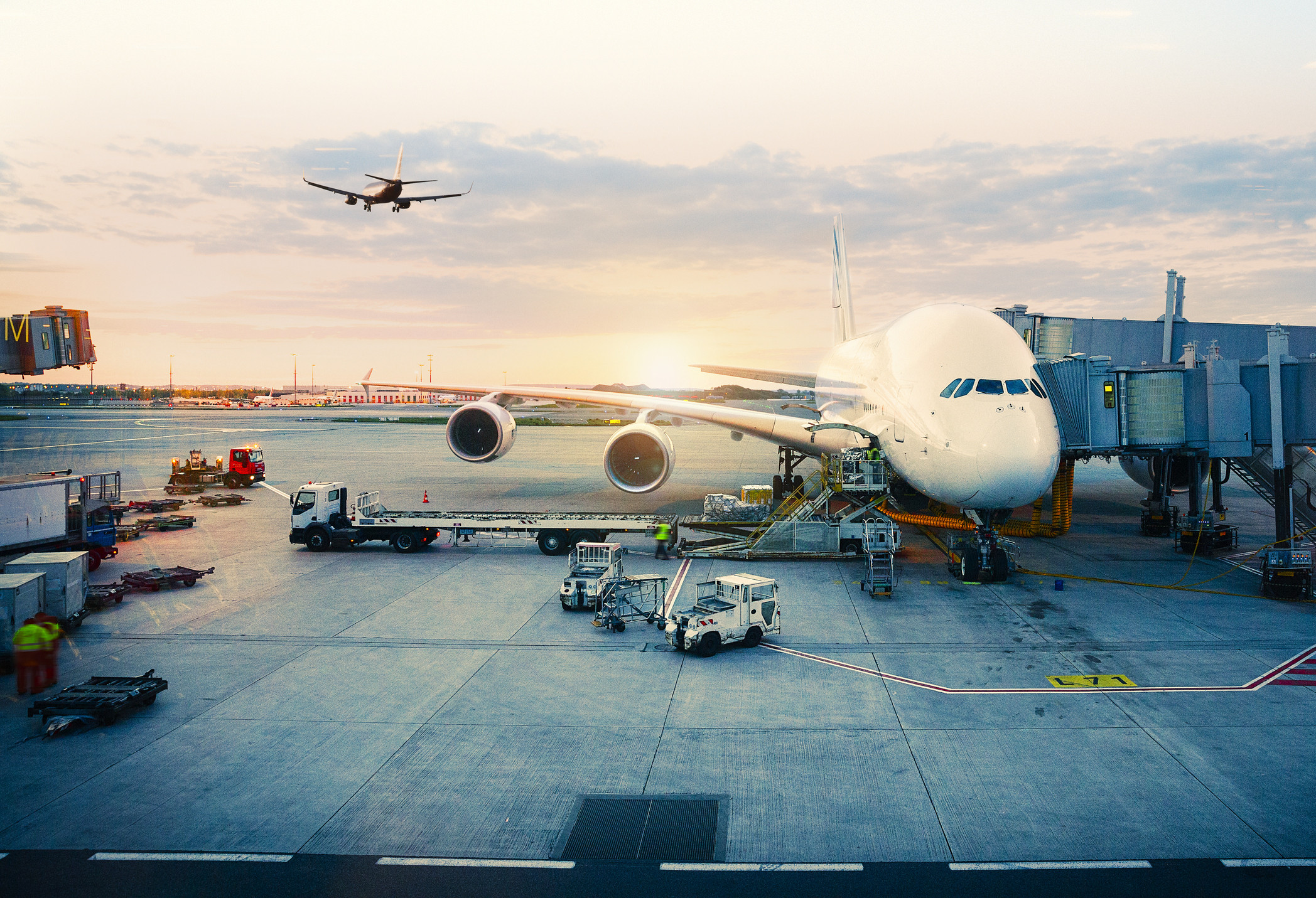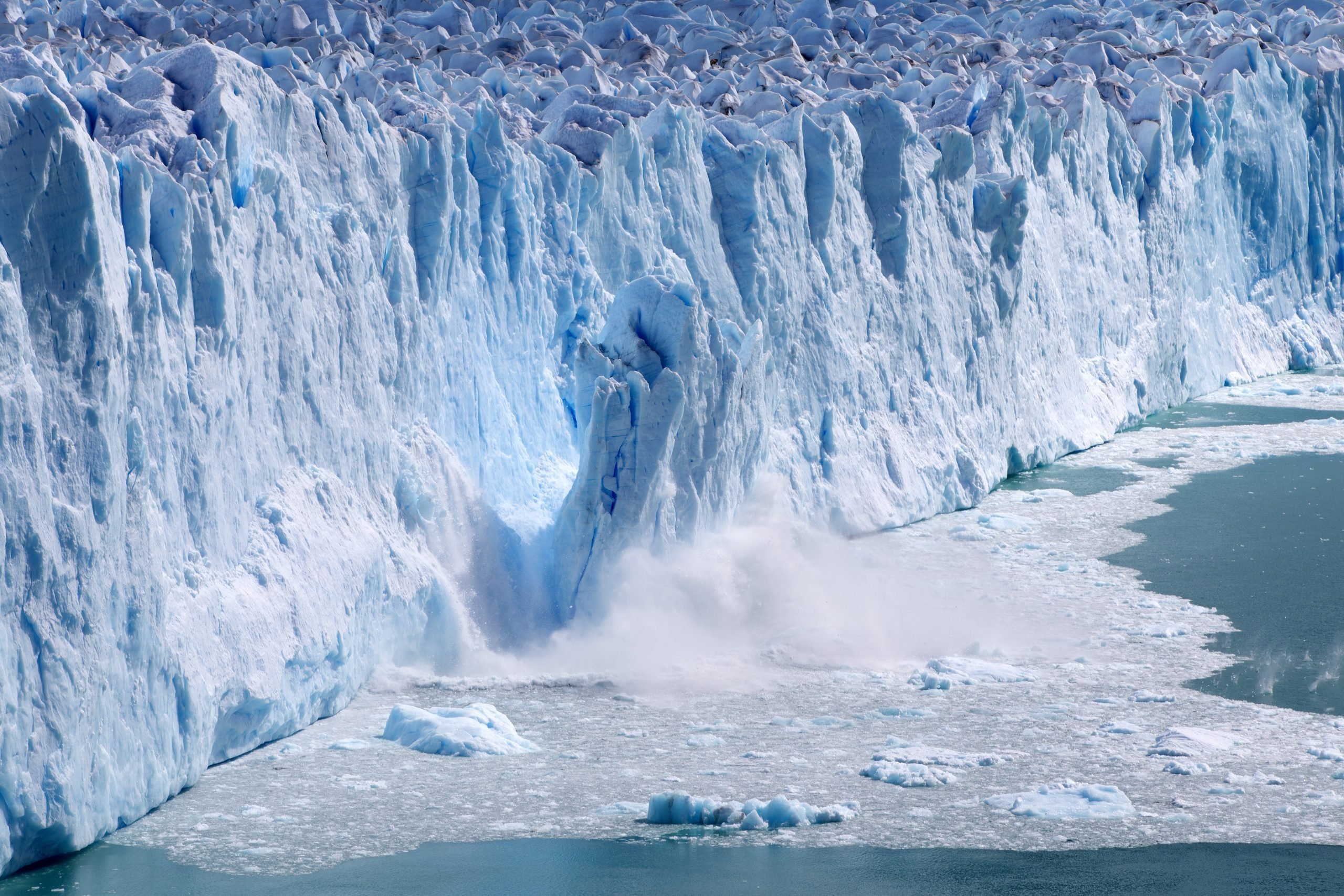Clear-air turbulence was long predicted to increase under climate change. But a new study from Reading University has painted the most detailed picture yet of the effects kicking in.
Climate change is increasing turbulence during flights, and the trend is set to worsen, according to the first global study of its kind.
Turbulence from storms can be picked up easily by aircraft radar.
But “clear-air turbulence” is unpredictable and almost invisible, hard to detect with current equipment, and can occur so suddenly – it doesn’t give flight crews a chance to warn passengers to buckle-up.
Clear-air turbulence was long predicted to increase under climate change. But a new study from Reading University has painted the most detailed picture yet of the effects kicking in.
In a typical spot in the North Atlantic – one of the world’s busiest routes. The total annual duration of severe turbulence increased by 55% from 17.7 hours in 1979 to 27.4 hours in 2020.
Moderate turbulence increased by 37% from 70.0 to 96.1 hours, and light turbulence increased by 17% from 466.5 to 546.8 hours.
“Turbulence is everywhere in the atmosphere all the time,” said Professor Paul Williams, an atmospheric scientist who co-authored the study.

“You usually can’t see it – like if you’re walking down the street and it’s windy.”
Climate change is increasing ranges in temperatures, which disrupts the jet stream by suddenly changing wind speed or height. Making the plane move up and down more and generating turbulence.
“My message from this is we need to do something otherwise flights will become more turbulent in future [as global heating increases further],” said Prof Williams.
Improved forecasts and LIDAR (light detecting and ranging) as well as RADAR on aircraft could help, he said.
Should we fly less to combat climate change?
Flying itself contributes to climate change by releasing carbon dioxide and other harmful gases.
It is expected to be one of the hardest industries to decarbonise, largely because alternative fuels are currently expensive or in short supply, and electric batteries are expensive.
Aviation is responsible for just 2.5% of global CO2 emissions, but not many people fly. Only about one in 10 of the world’s population takes a flight each year.
“Aviation is a small percentage of global total emissions currently, so stopping flying would not even make a little dent in our carbon footprint,” said Prof Williams.
But as the rest of the economy decarbonises, aviation’s share of emissions will increase, he said.
“I wouldn’t say we should fly less, but we certainly need to decarbonise flying rapidly. New forms of power will come online soon, and that can’t happen soon enough.”
But Alethea Warrington, senior campaigner at climate charity Possible. Said “truly zero carbon flights” will likely not be available for decades.
“Instead of ever more flights and bigger airports, we need to tax frequent flying, end airport expansion and ban private jets,” she said.
“This increase in potentially dangerous turbulence is another warning to the aviation industry that it will not be exempt from the harm caused by the climate crisis. Which has already destroyed lives, livelihoods and landscapes around the world.”



